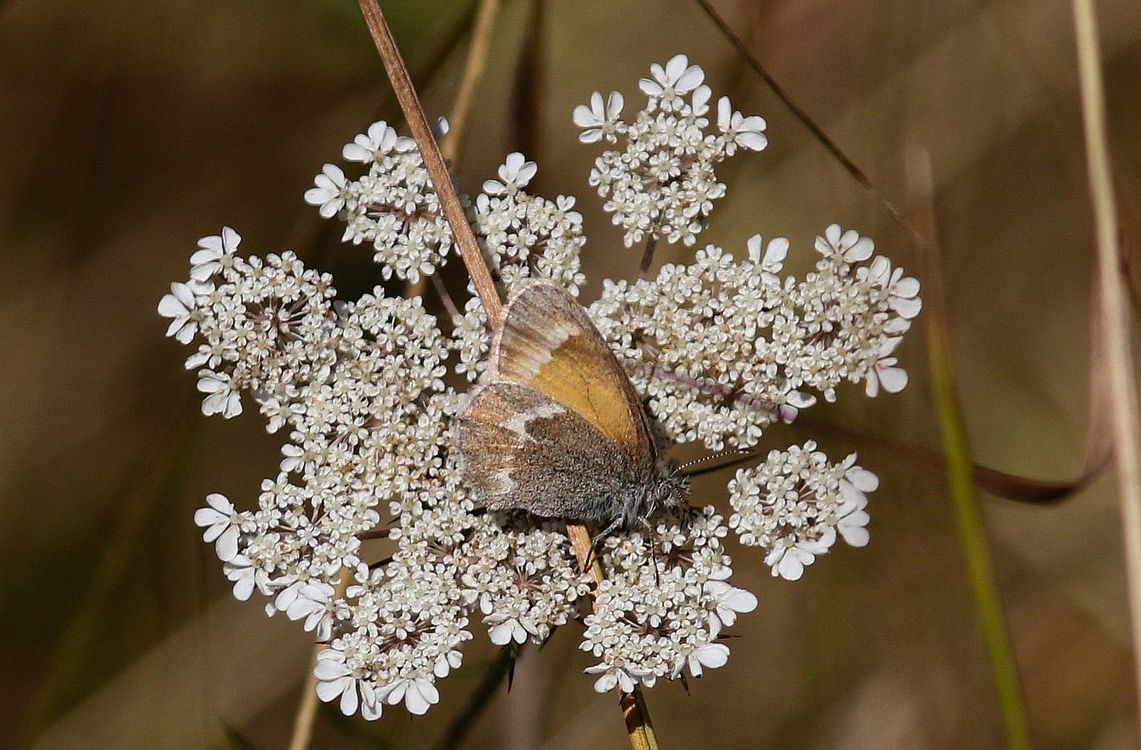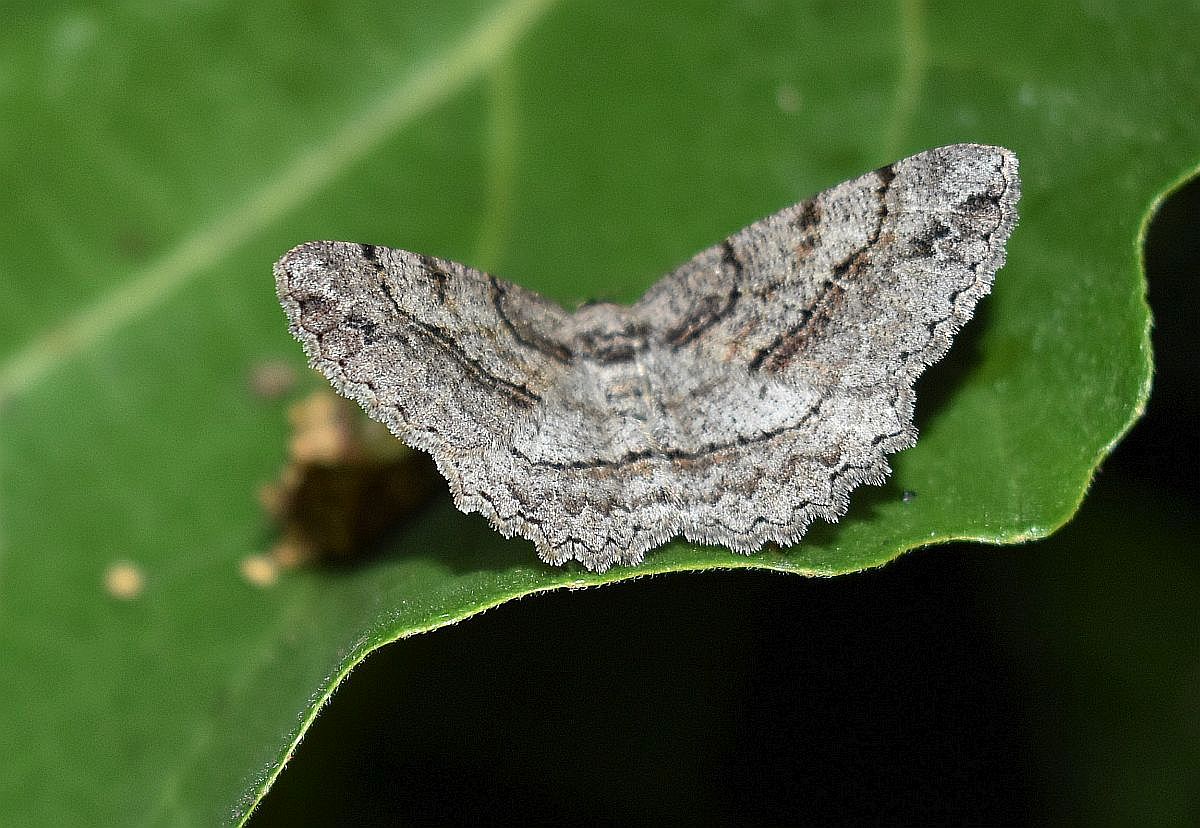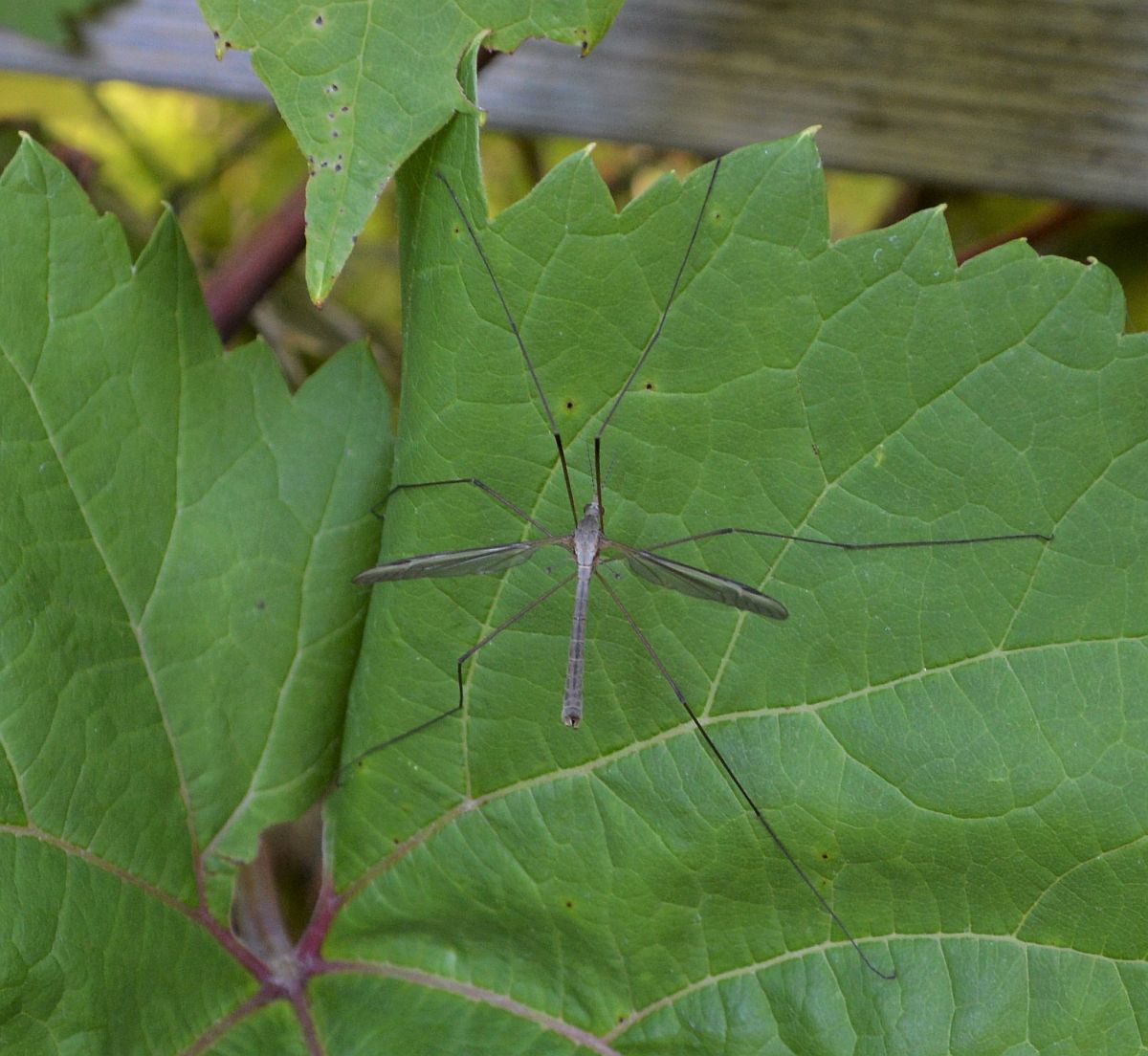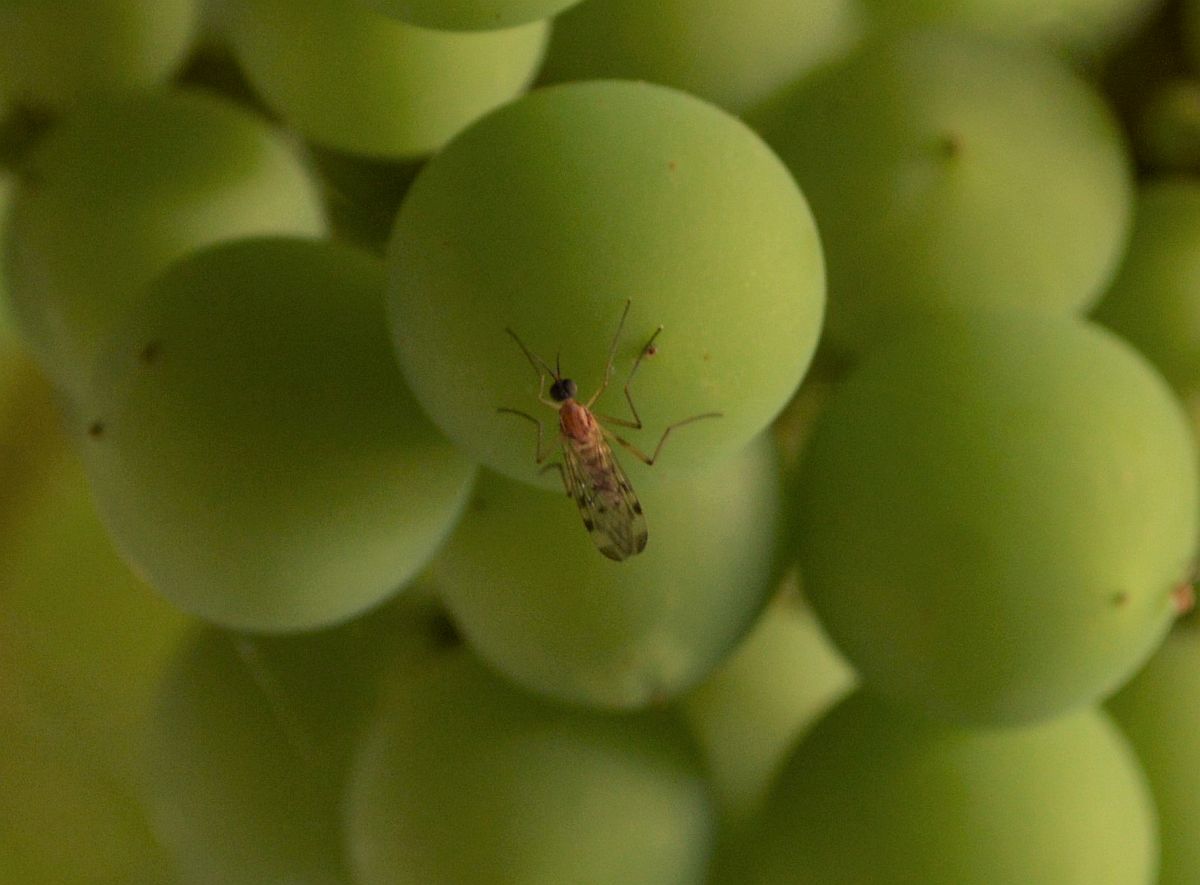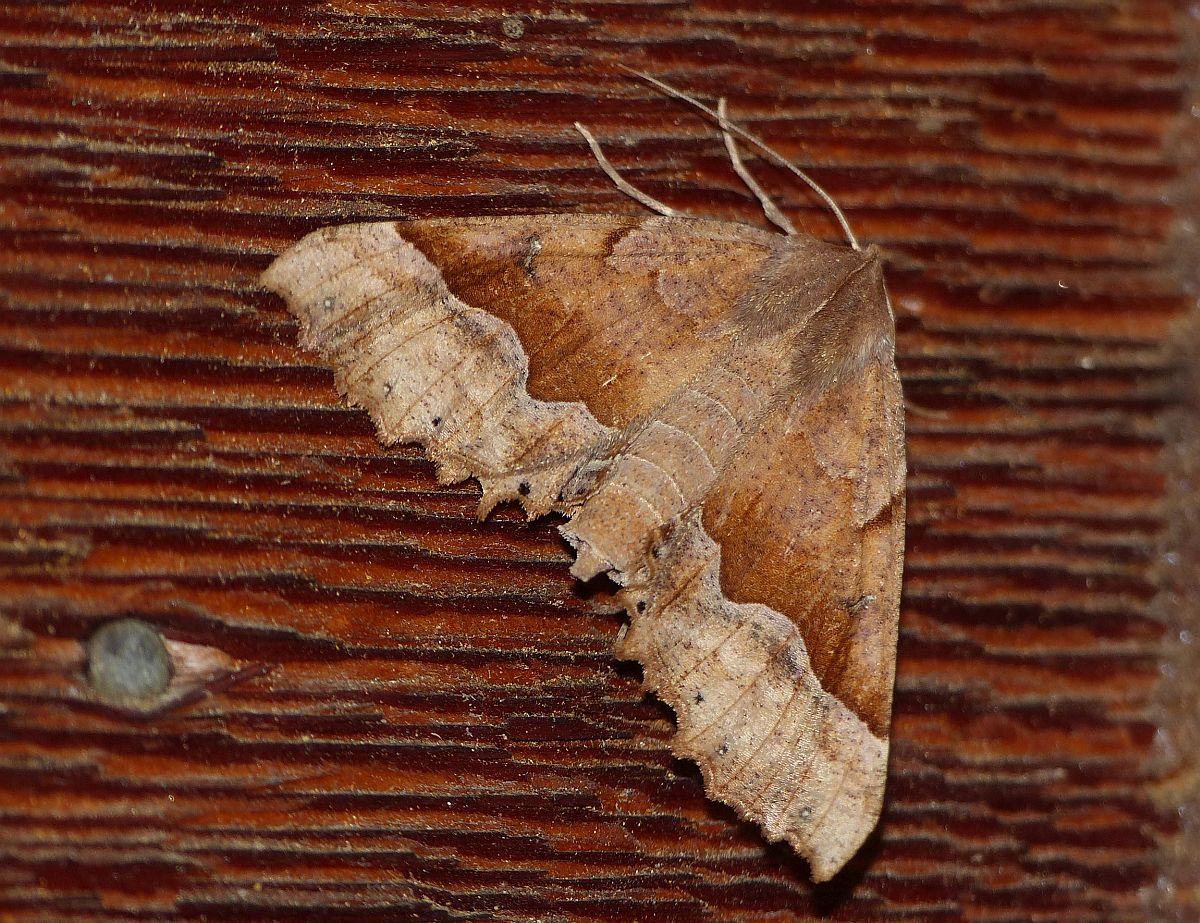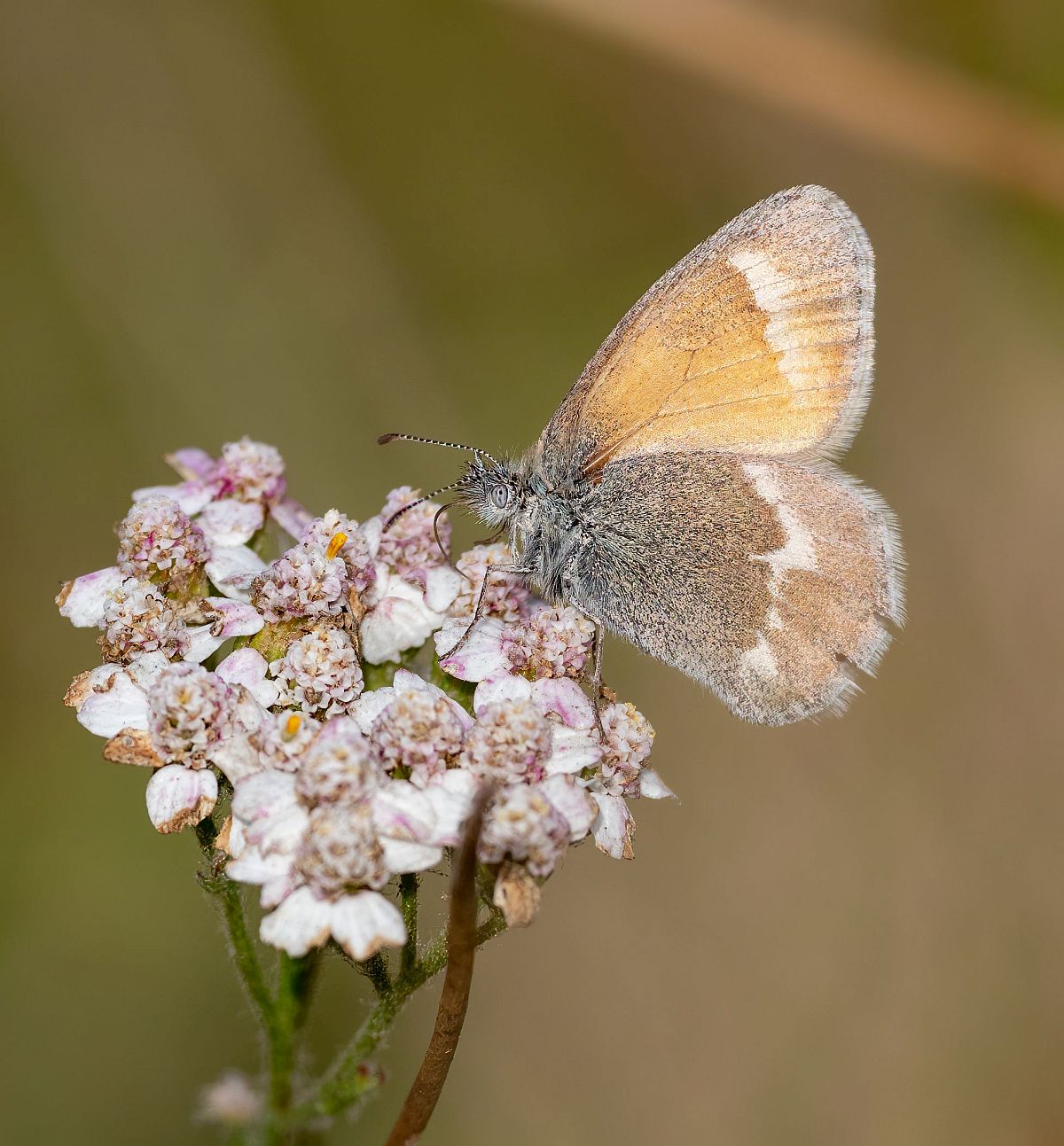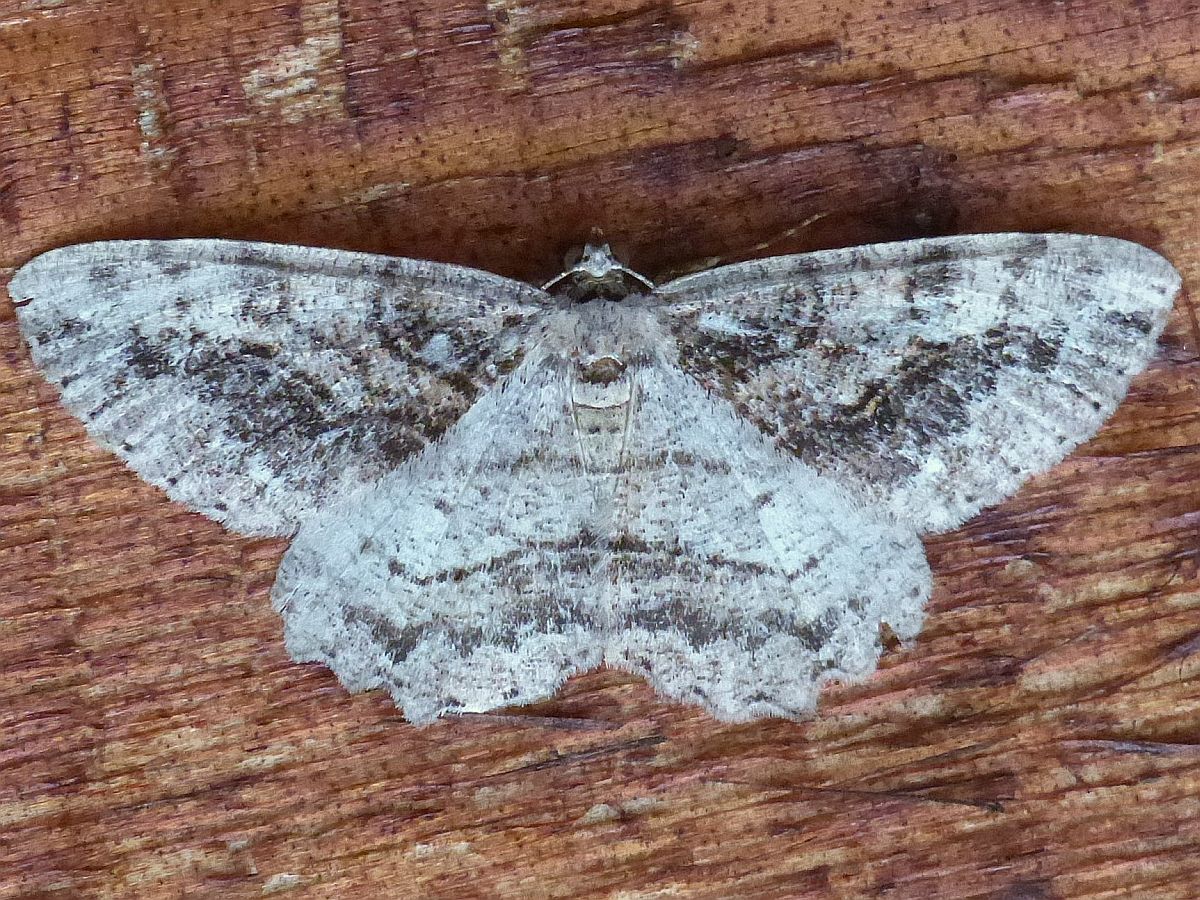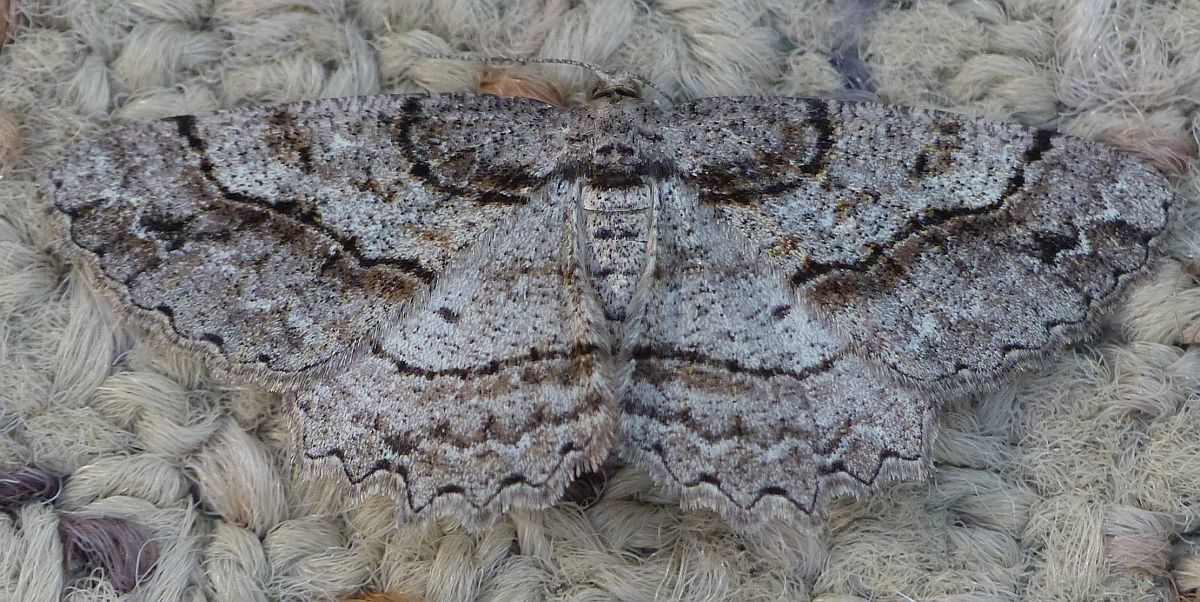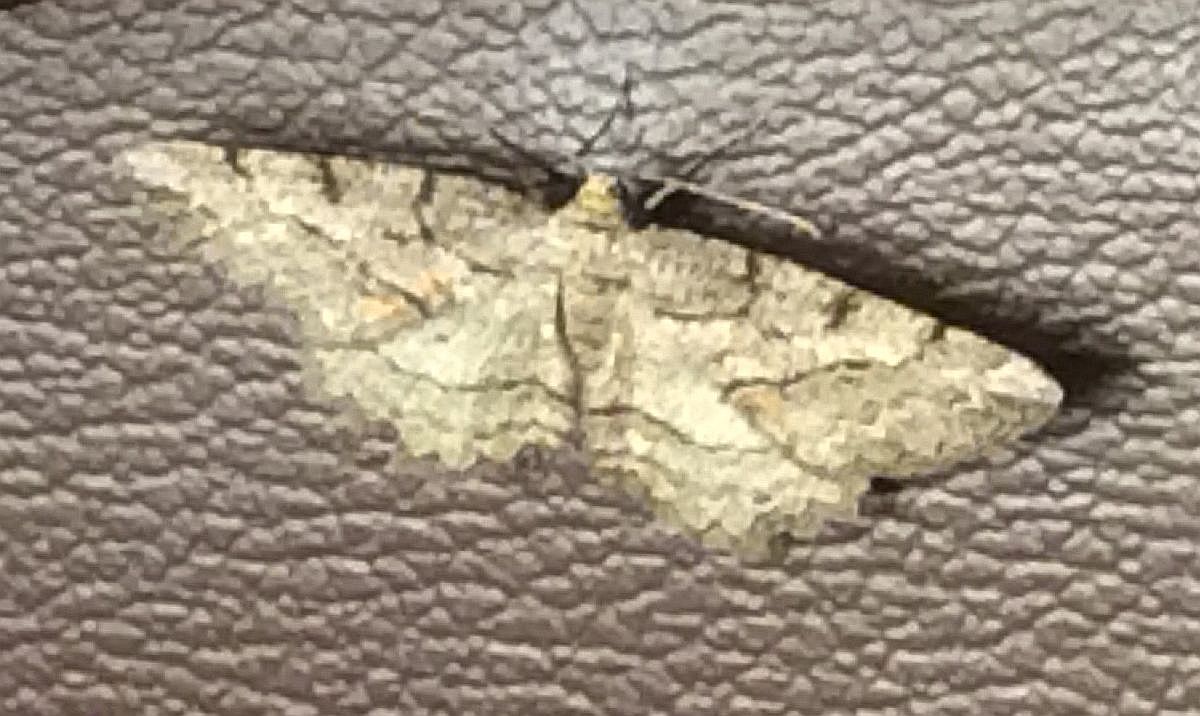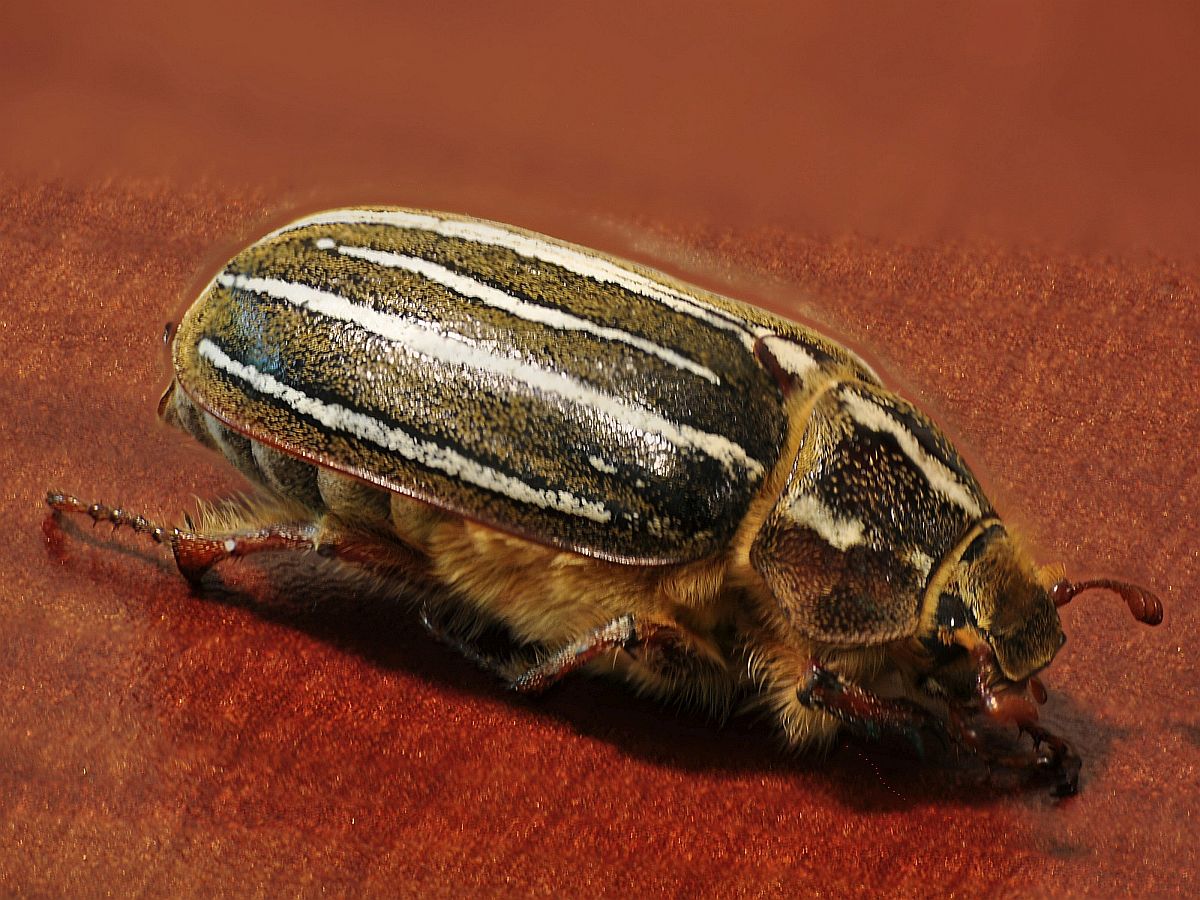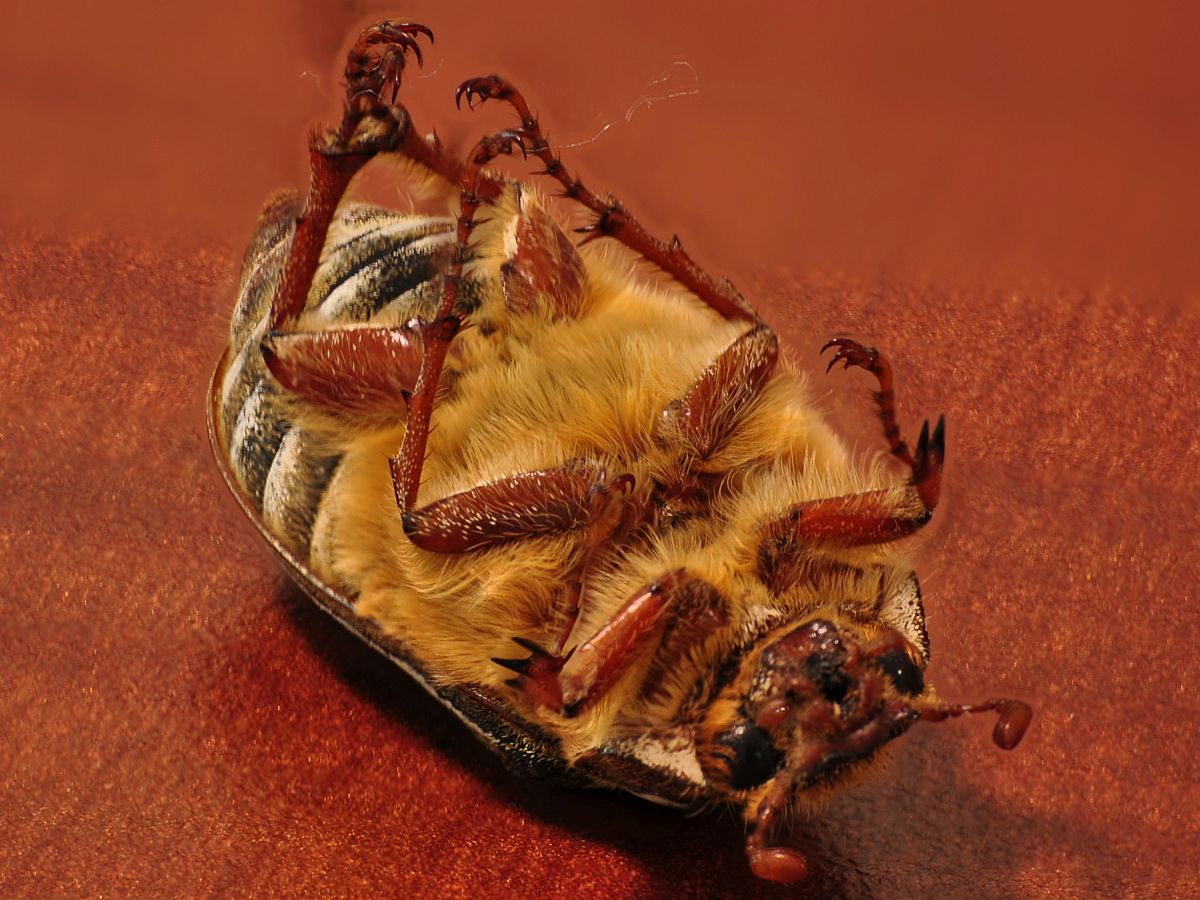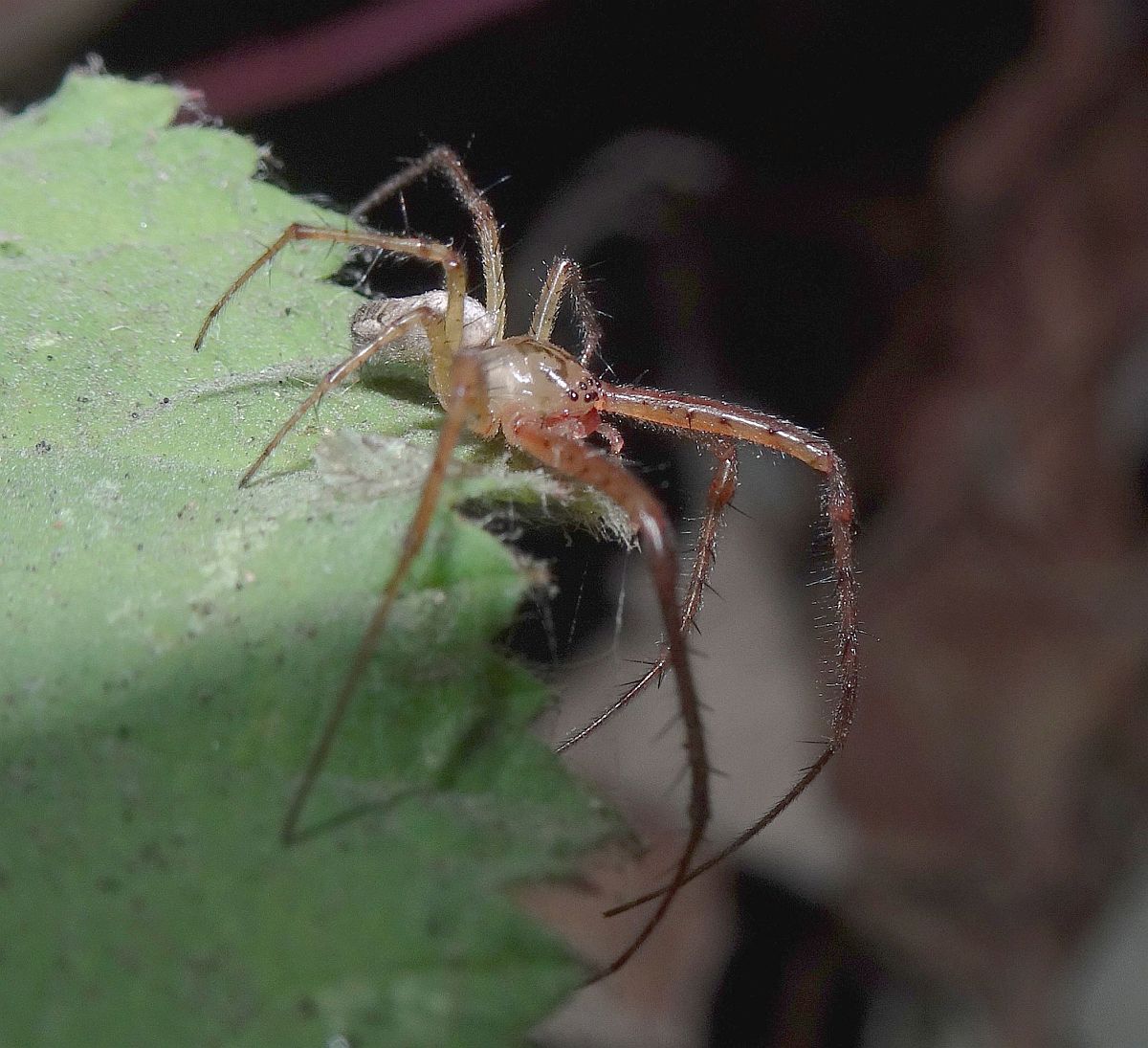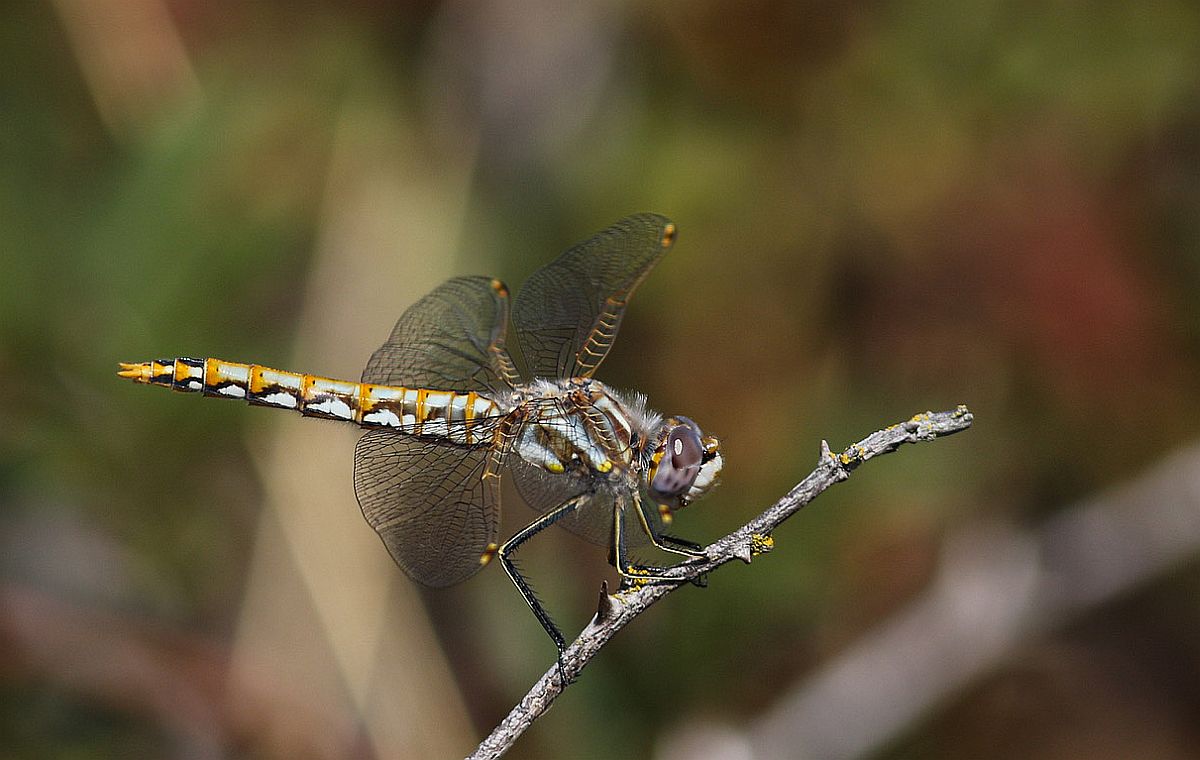2022 September 5 evening
Colias alert!
Jeff Gaskin and Kirsten Mills saw an Orange Sulphur on the trail off the end of Lochmanetz Road at Cowichan Bay. The only other butterflies we saw were Cabbage Whites and the odd Woodland Skipper. Also, Jeff saw a Common Green Darner at the end of Dock Road. [Jeremy Tatum writes: As every dragonfly-watcher knows, the Common Green Darner, one of our larger and more spectacular dragonflies, isn’t all that common!]
Richard Rycraft saw this moth in his house on September 3. Kindly identified by Libby Avis as Caradrina montana. According to the Pacific NW website, this moth is common, widespread and nearly ubiquitous in the Pacific Northwest. Jeremy Tatum writes: That may well be so – but I have never seen one! It has appeared only once before on this site – in 2018.
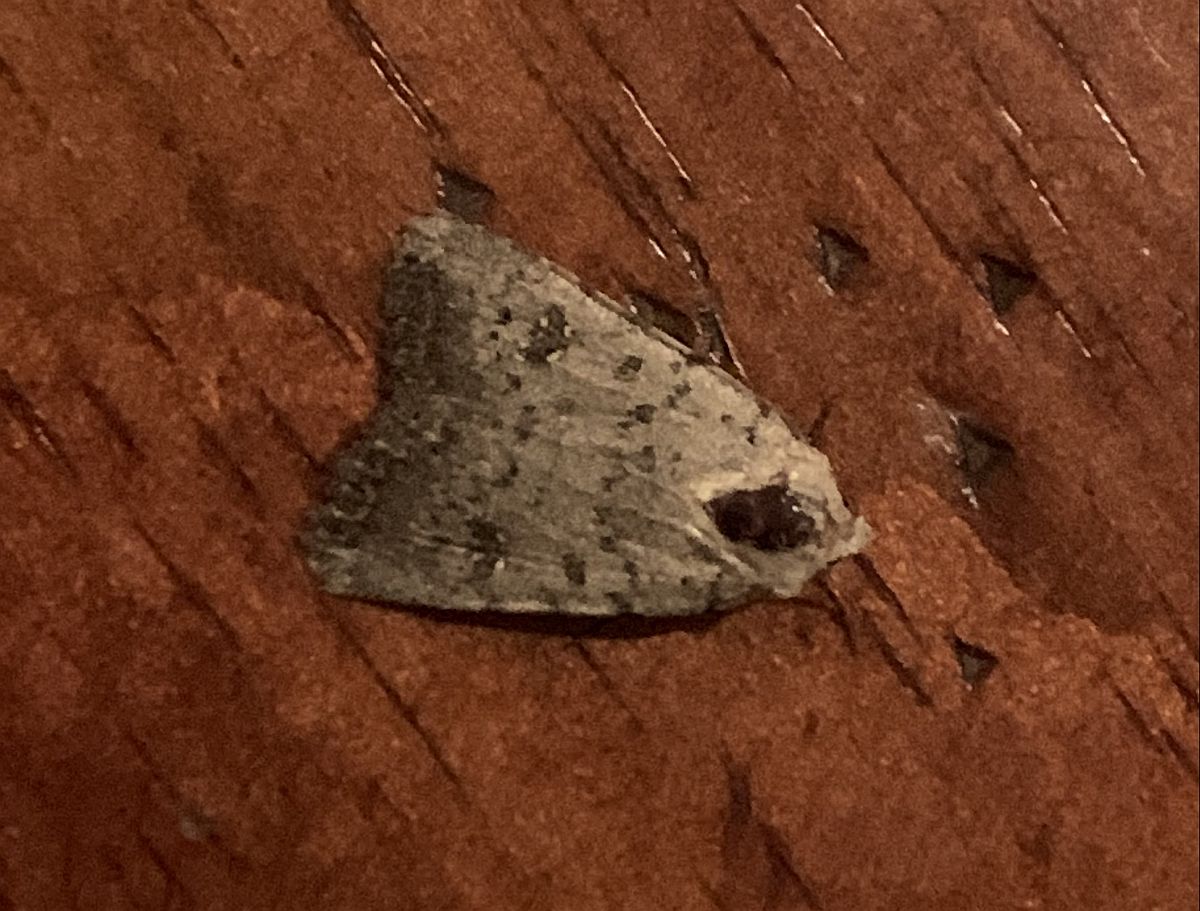
Caradrina montana (Lep.: Noctuidae) Richard Rycraft
Ian Cooper has been photographing, in View Royal, a number of interesting creatures with which not all of us are very familiar.
We don’t know for sure what the bug below is, but it may be a Damsel Bug of the Family Nabidae – possibly even the genus Nabis. This is a predaceous bug, preying on other insects rather than sucking plant juices.
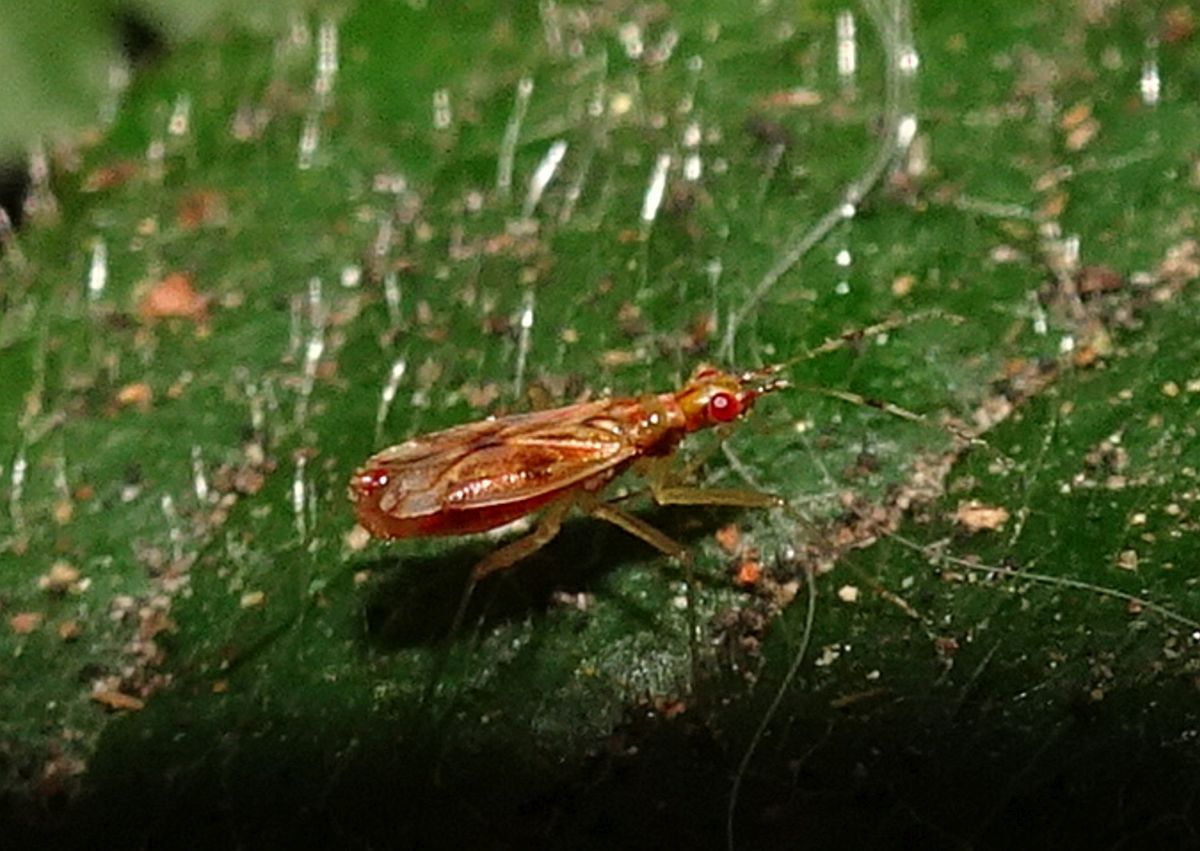
Possibly Nabis (Hem.: Nabidae) Ian Cooper
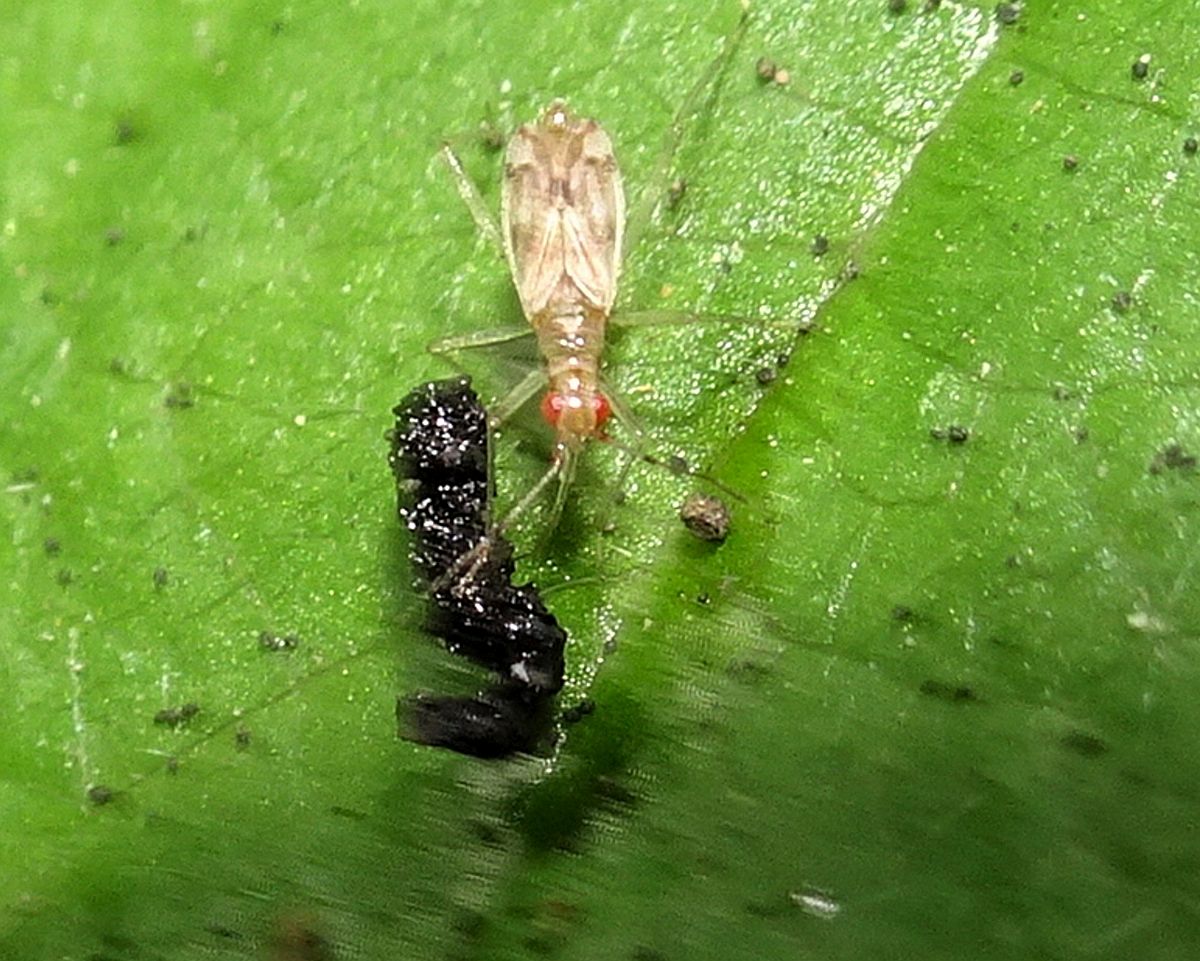
Possibly Nabis (Hem.: Nabidae) Ian Cooper
Next is a wingless ichneumonid, probably Gelis. It is believed to be a hyperparasitoid – that is to say it parasitises other parasitoid insects, such as the Braconidae.
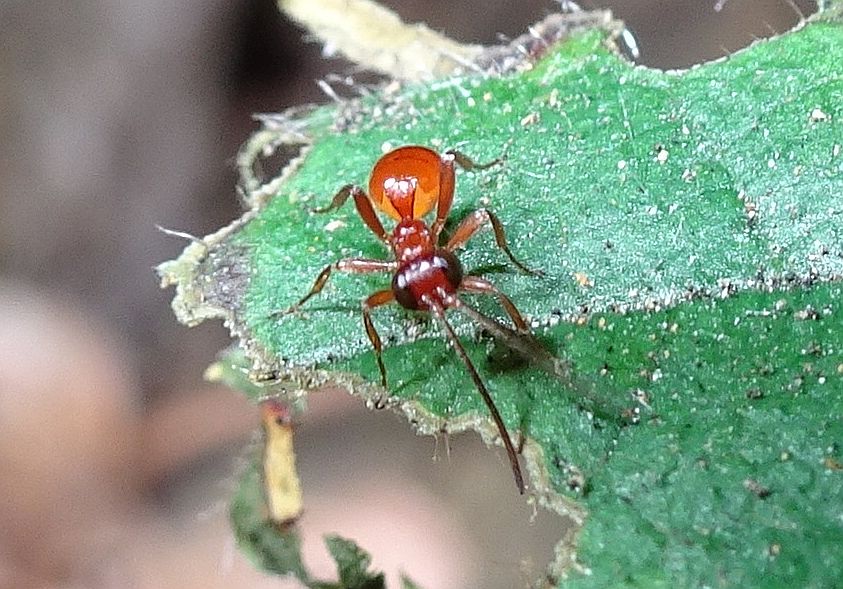
Probably Gelis (Hym.: Ichneumonidae) Ian Cooper
Next may be an immature (nymph) pentatomid bug:
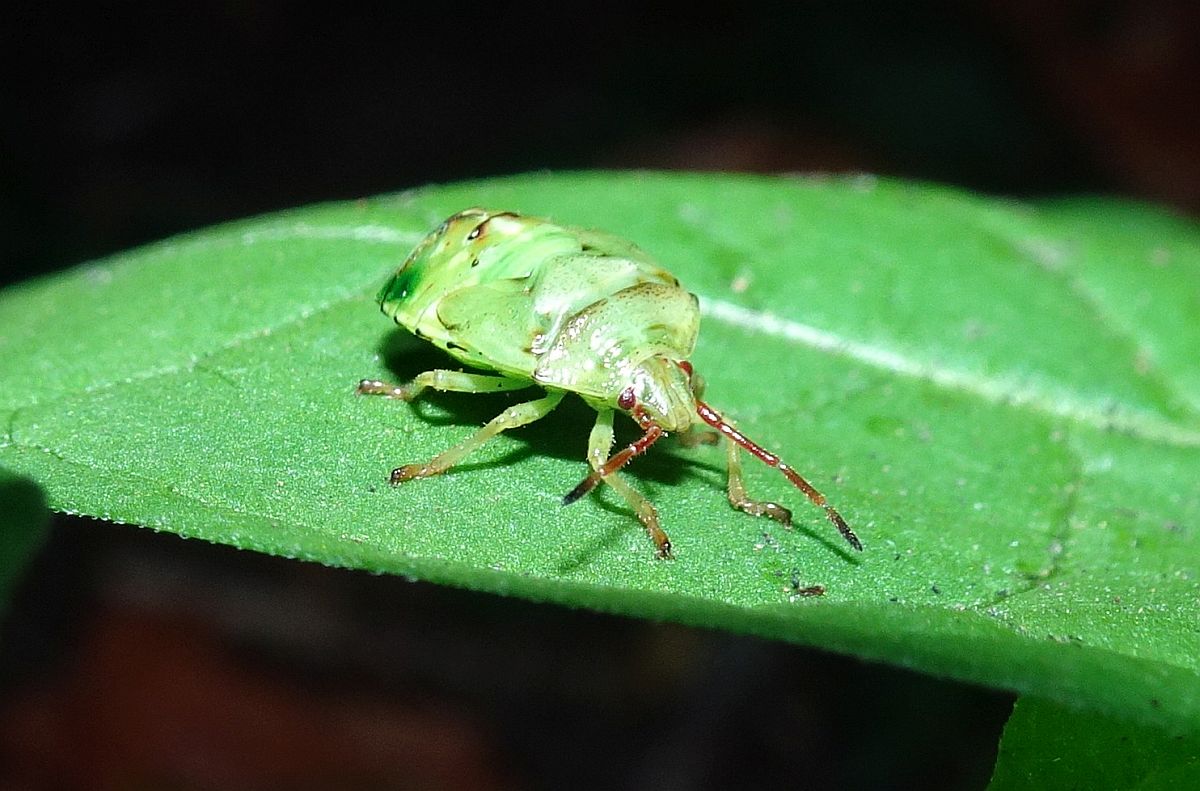
Probably a nymph of a stink bug (Hem.: Pentatomidae) Ian Cooper
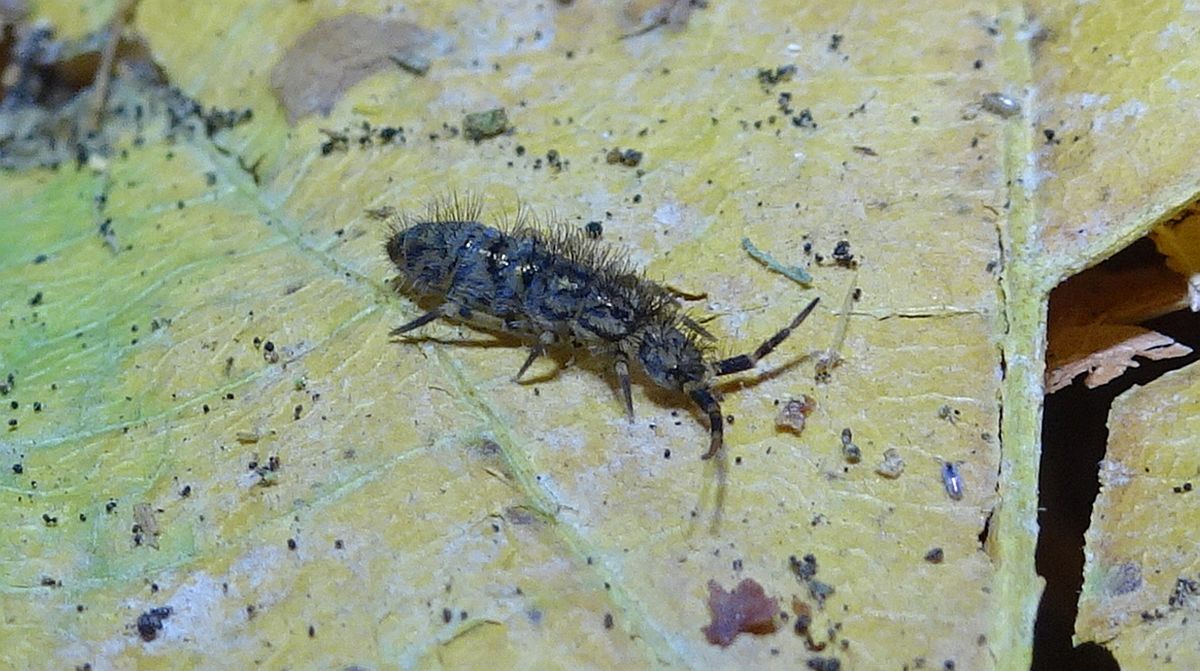
Springtail, Orchesella villosa (Coll.: Orchesellidae) Ian Cooper
More familiar is the spider Araneus diademadus, although the photographs below show the less familiar male:
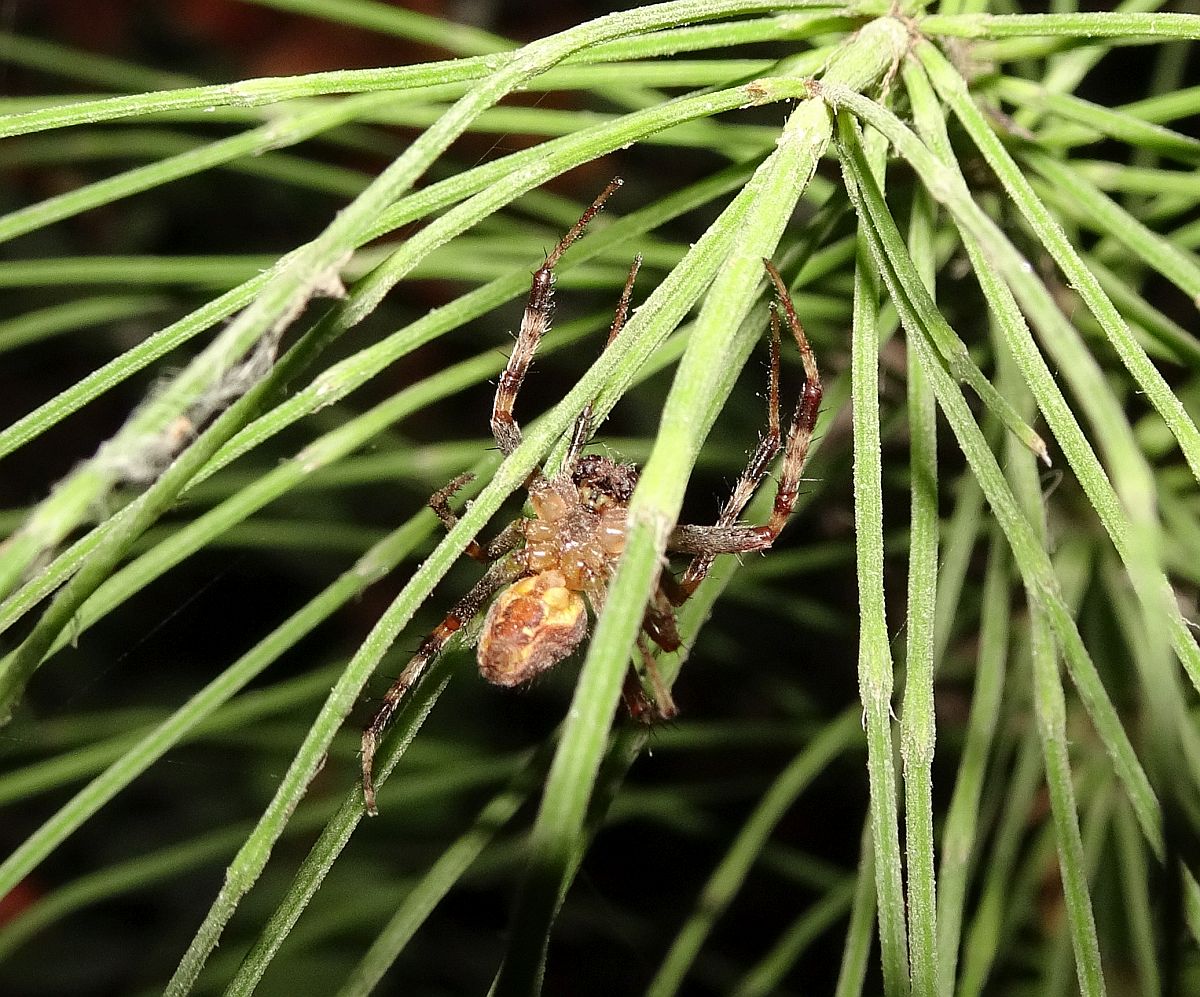
Araneus diadematus (Ara.: Araneidae) Ian Cooper
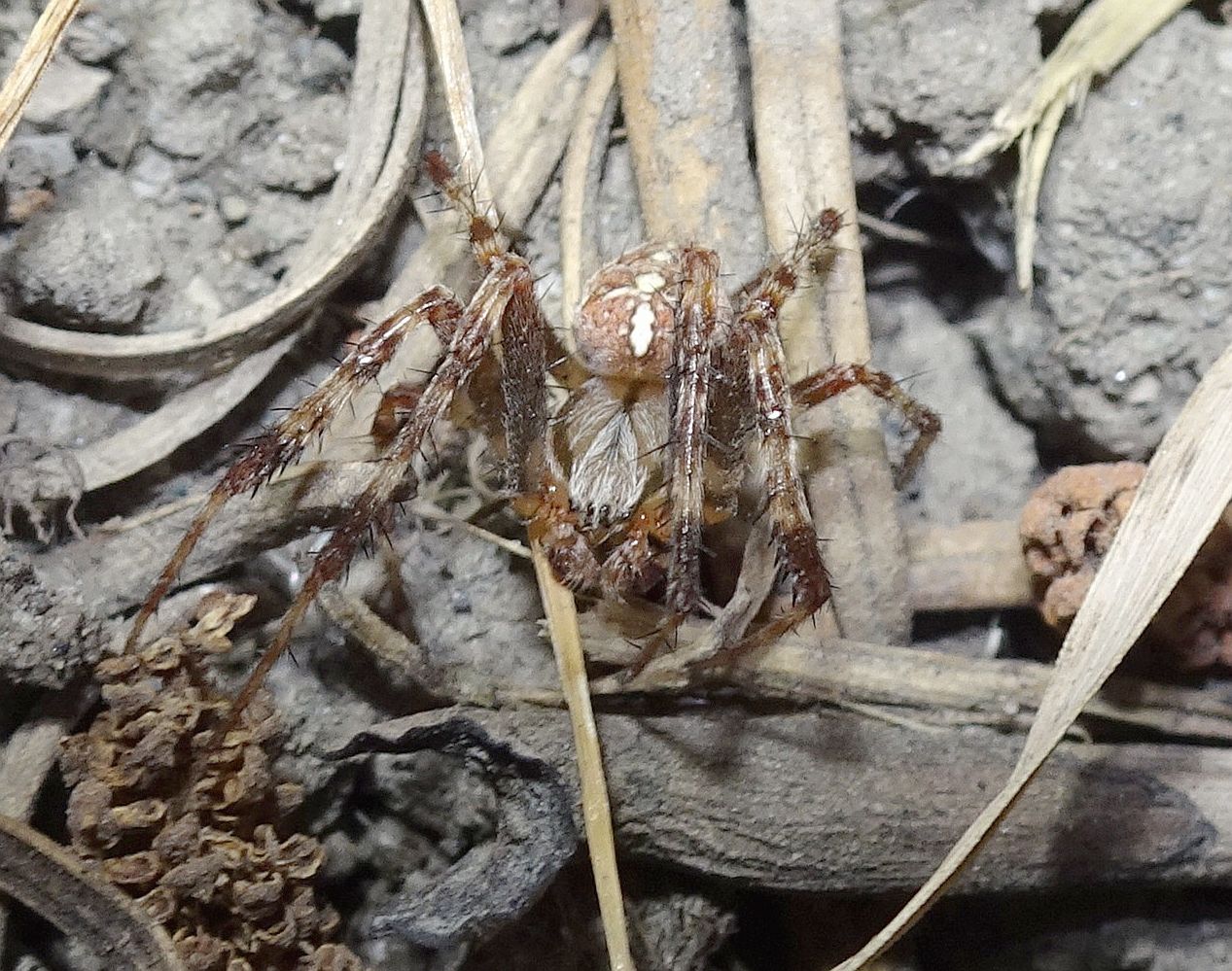
Araneus diadematus (Ara.: Araneidae) Ian Cooper
